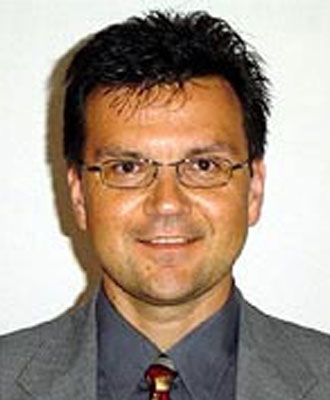Abstract
Limited signal bandwidth and abundant thin layering interact to produce tuned seismic reflections with peaks, troughs and zero-crossings that rarely follow true geologic boundaries. Such interference plagues traditional seismic methods and hinders the extraction and characterization of subsurface information.
While conventional interpretation techniques require constant attention to the source wavelet and its associated tuning-thickness and dominant frequency, spectral decomposition facilitates the process. It moves detection and resolution out from under the control of the source wavelet and allows impedance and thickness interference to be examined with respect to signal and noise on a frequency-by-frequency basis. Just as remote sensing makes use of sub bands of much higher electro-magnetic frequencies to characterize the earth's surface, spectral decomposition relies on sub-bands of substantially lower seismic frequencies to characterize the earth's subsurface.
This simple and robust seismic technology has been implemented by many seismic contractors and has led to higher resolution and improved interpretation on many plays throughout the world. It reveals and facilitates assessment of stratigraphy, structure, thickness, heterogeneity and reservoir architecture. By providing higher fidelity and superior fault imaging than conventional amplitude/attributes, it often reduces uncertainty, and facilitates integration of seismic, geology and reservoir simulation.
In this talk, my goal is to leave you with a better understanding of this technology via real and model case studies. Along the way, I hope to provide insight into the creative process that led to its development. I will include a discussion of the frequency domain characteristics of a layer, analysis window size and spectral balancing, and will wrap-up with some thoughts regarding the road-ahead.
Biography
Greg Partyka received a degree in Geological Engineering from the University of Manitoba in 1987. Since 1988, he has worked for Amoco, then BP, in Canada, Poland, United States and United Kingdom.
He has moved back and forth between assignments in operations and technology. This mix of roles has allowed him to experience research, development, application, and just as importantly, the value that appropriate technology can bring to business decisions. Along the way, he has focused his efforts on multi-disciplinary problem solving and improving our ability to decipher geologic content embedded in seismic data.
In 1996 he deepened his knowledge of reservoir characterization by participating in an intensive, year-long petrophysics training program. In 2003 he received the SEG Virgil Kauffman Gold Medal for his work on the development of the spectral decomposition technique for reservoir characterization. This technique has been implemented by many seismic contractors and has led to improved interpretation on many plays throughout the world.
His current role at BP, allows him to collaborate with teams and individuals throughout the upstream organization, impacting BP's exploration and production activities worldwide.





